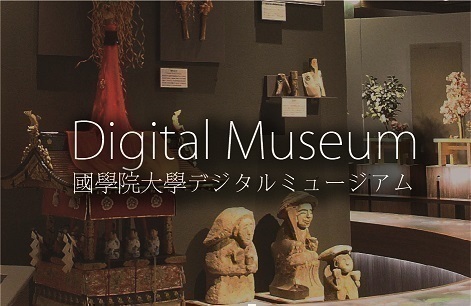- トップ
- Encyclopedia of Shinto
- Okera matsuri
Encyclopedia of Shinto
| Main Menu: | |
| Links: |
詳細表示 (Complete Article)
| カテゴリー1: | 5. Rites and Festivals |
|---|---|
| カテゴリー2: | Individual Shrine Observances |
| Title | Okera matsuri |
| Text | A rite held on New Year's Eve at Yasaka Shrine in Higashiyama Ward, Kyoto City, Kyoto Prefecture. Okera (a kind of chrysanthemum, actratylodes japonica) is a medicinal herb used in traditional Chinese medicine that is said to overcome the effects of poisons. In the past this rite was also called the kezurikake shinji (the rite of kezurikake ritual wands, branches shaved to resemble ears of reed). On December 28, a sacred flame is lit using a fireboard and bow and transferred to three lanterns (tōrō) hanging in the antechamber of the shrine's main sanctuary (honden). On the 31st, a rite takes place in which rice gruel and twelve pieces of flower-petal mochi (pounded rice cakes) are prepared with this flame and then presented together with sea bream, bitter oranges (Citrus aurantium), and twelve daikon radishes as a food offering (shinsen). At about 2 a.m. on New Year's Day, the fire is transferred to twelve square offering trays (oshiki) bearing kezurikake sticks and the roots of the okera plant. These trays are then thrown before the main shrine hall; at the same time, a large bonfire is lit using the sacred fire. The harvest yield for the year is divined from the direction in which the smoke drifts. The people of Kyoto also light lengths of kisshōnawa (good fortune rope) with this fire to take it home, swinging it around to keep it from going out. It is said that a person who makes zōni (a clear soup of vegetables and mochi) with this fire will not come down with illness during the year. Also on this day worshippers hurl insults at one another (see akutai matsuri). — Mogi Sakae |




